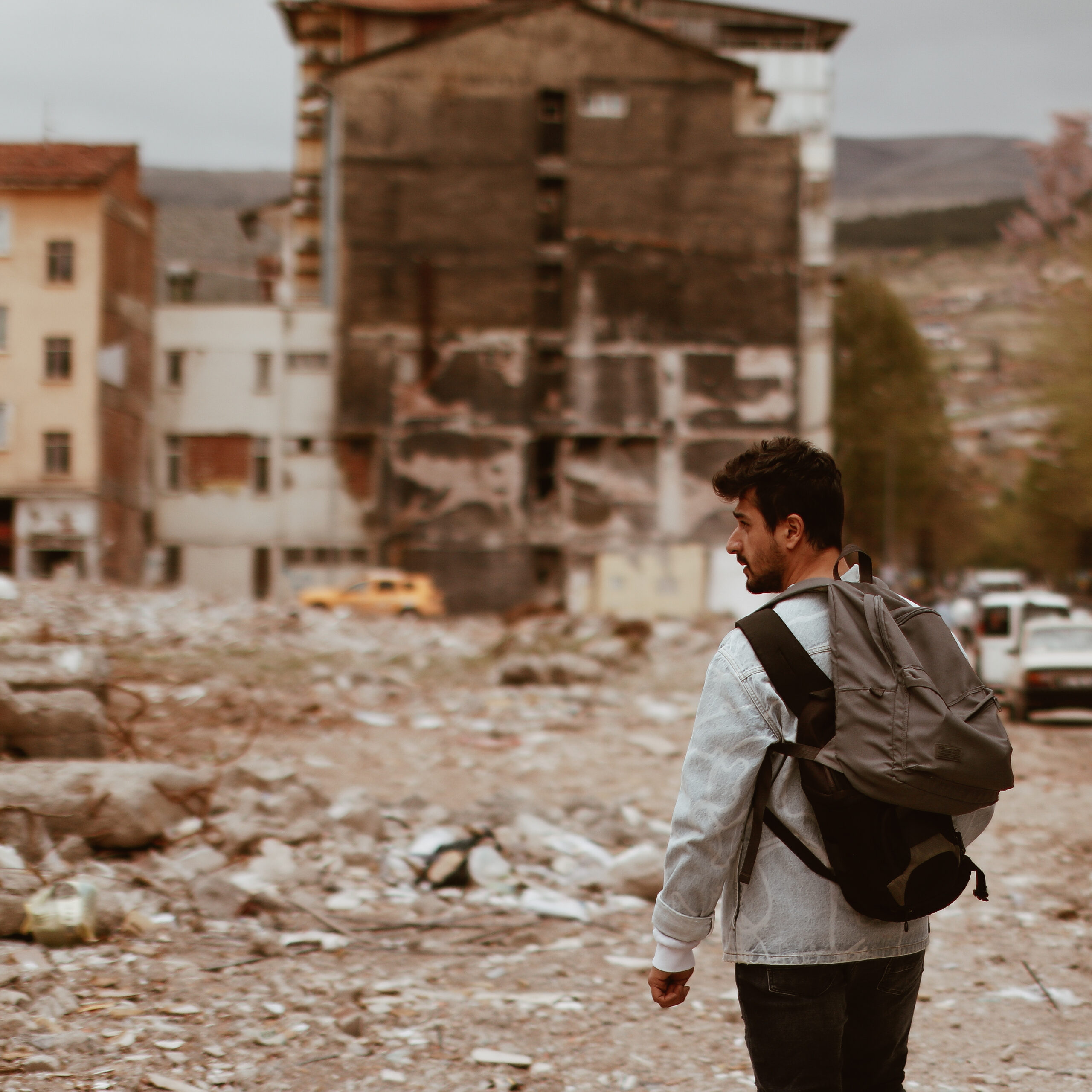How does poverty contribute to malaria?
Title: The Inextricable Link Between Poverty and Malaria: Unraveling the Connection
Introduction:
Malaria, a life-threatening disease caused by parasites transmitted through mosquito bites, continues to plague many parts of the world, particularly in regions burdened by poverty. This devastating cycle between poverty and malaria has long been acknowledged by health experts, as poverty acts as both a root cause and a consequence of the disease. In this blog, we delve into the multifaceted relationship between poverty and malaria, shedding light on the factors that perpetuate this vicious cycle.
1. Lack of Access to Healthcare:
One of the fundamental ways in which poverty contributes to the prevalence of malaria is through limited access to healthcare services. Impoverished communities often lack the necessary resources, including healthcare facilities and trained medical staff, to effectively prevent, diagnose, and treat malaria. As a result, individuals living in poverty are more likely to be exposed to mosquito bites, have limited access to mosquito control tools such as bed nets, and face difficulties in obtaining life-saving antimalarial medications.
2. Inadequate Housing and Sanitation:
Poverty is closely linked to inadequate housing conditions and poor sanitation, creating an environment conducive to the proliferation of malaria-carrying mosquitoes. Overcrowded living spaces, lack of proper drainage systems, and absence of screens on windows and doors make it easier for mosquitoes to breed and transmit the disease. Moreover, poverty-stricken communities often lack access to clean water sources, increasing the risk of stagnant water that becomes a breeding ground for mosquitoes.
3. Limited Knowledge and Education:
Education plays a pivotal role in malaria prevention and control, enabling individuals to understand the importance of using bed nets, adopting protective measures, and seeking appropriate treatment. Unfortunately, poverty often deprives communities of educational opportunities, leaving them ill-equipped to combat the disease. Lack of knowledge about malaria transmission, prevention, and treatment perpetuates its spread, resulting in increased morbidity and mortality rates among impoverished populations.
4. Economic Burden:
The burden of malaria weighs heavily on impoverished communities, exacerbating their economic struggles. Malaria not only causes direct medical costs for treatment but also leads to indirect costs such as decreased productivity, missed workdays, and increased healthcare expenses. Families living below the poverty line often face financial hardships due to the need for treatment and the loss of income, further plunging them into a cycle of poverty.
Breaking the Cycle:Efforts to eradicate malaria must address the underlying socio-economic determinants that perpetuate its existence within impoverished communities. Here are a few crucial steps in breaking this detrimental cycle:
1. Improve Access to Healthcare: Strengthening healthcare systems, particularly in impoverished regions, by increasing the availability of affordable diagnostics, effective treatments, and well-equipped medical facilities.
2. Enhance Education and Awareness: Launching comprehensive educational programs to raise awareness about malaria prevention, early detection, and treatment options among impoverished communities.
3. Provision of Effective Interventions: Ensuring the distribution of insecticide-treated bed nets, indoor residual spraying, and targeted antimalarial therapies in poverty-stricken areas, prioritizing those most at risk.
4. Alleviating Poverty: Implementing poverty reduction strategies that address underlying social and economic inequalities, creating sustainable opportunities for income generation and improved living conditions.
Conclusion:
The interplay between poverty and malaria is a complex challenge that demands a comprehensive and multi-faceted approach. By addressing the socio-economic factors that perpetuate the cycle, we can empower communities to break free from the grip of poverty and effectively combat malaria. Only through collective efforts, collaboration, and targeted interventions can we strive for a future where no individual is left vulnerable to this deadly disease.



